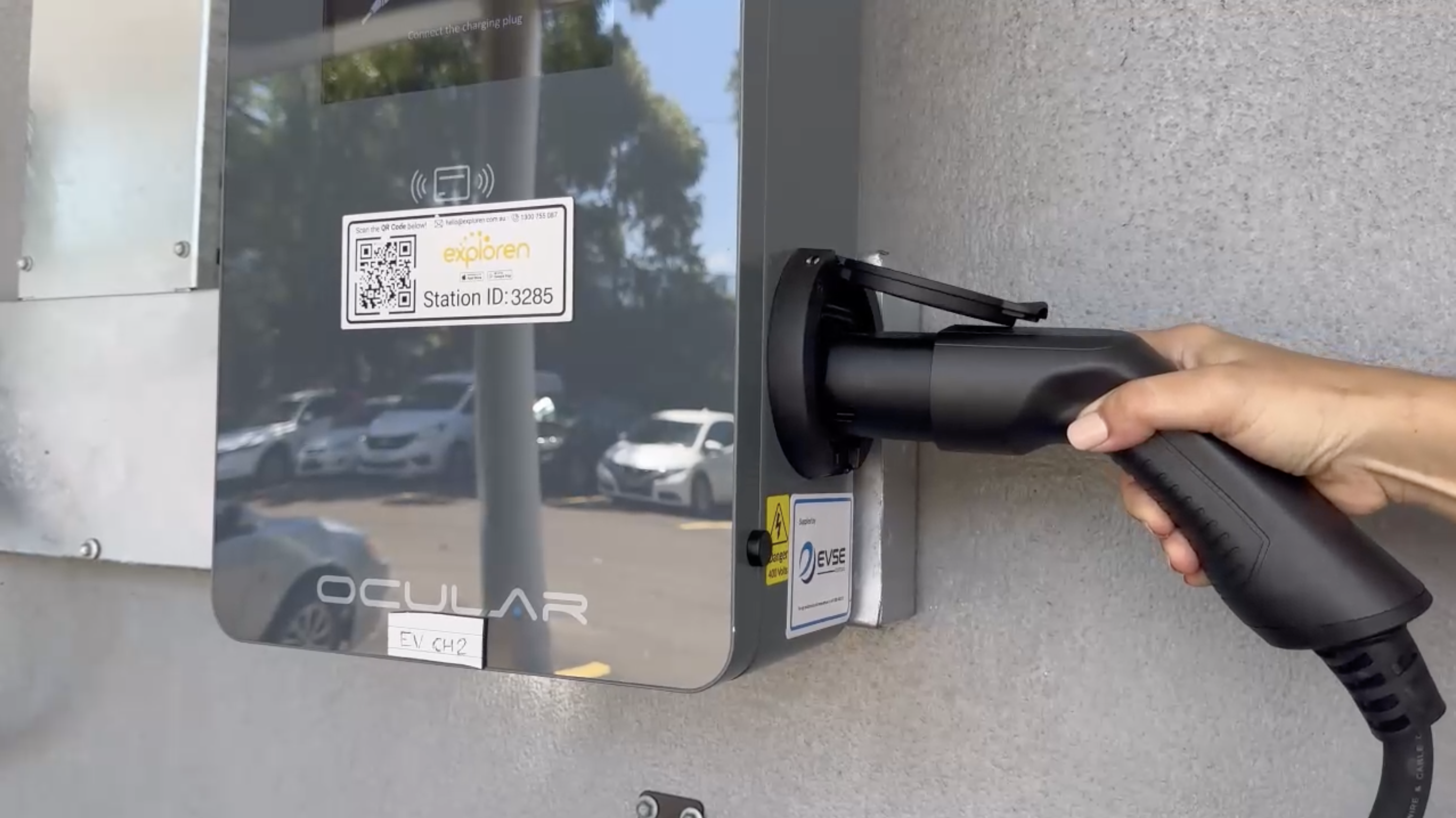Australia's transition to electric vehicles faces a unique set of challenges, but within these obstacles lie significant opportunities for a cleaner, more sustainable future.
While countries like those in Europe surge ahead with EV adoption, Australia has been slower to embrace this change, hindered by factors such as the absence of comprehensive government support and limited access to the latest EV models. However, amidst these challenges, there are glimmers of hope, particularly in the integration of solar power with EV charging solutions.
Smart MD Huon recently sat down with Guy Olian, CEO of global energy funder, Smart Ease, to get his take on the subject. Operating across three countries (including the UK) has given Guy an appreciation of the synergies between solar energy and EV charging, from the cost-saving benefits to the chance to power vehicles with renewable energy sources. He shared his perspective on how Australia can leverage solar power to not only reduce its carbon footprint but also make charging more sustainable and accessible to a wider audience.
The Challenges
One of the primary hurdles to widespread EV adoption in Australia is the lack of government incentives and policies to encourage uptake. Unlike many European countries, where governments actively promote EVs through subsidies and incentives, Australia has been slower to implement supportive measures. This lack of support has stunted the growth of the EV market and contributed to the slow pace of adoption across the country.
Moreover, Australia's reliance on imported vehicles further complicates the EV landscape, as it limits consumer choice and delays access to the latest EV models. Concerns about the capacity of the power grid to handle a surge in EVs also add to the challenges facing widespread adoption in Australia. However, despite these obstacles, there is optimism within the solar industry about the potential for integrating solar power with EV charging infrastructure.

The Opportunities
More and more Australian businesses are considering installing EV chargers now, especially if they are already investing in solar or solar and storage projects. By bundling these technologies together, businesses can optimise labour and technology while meeting the growing demand for EV charging facilities. This approach not only streamlines the installation process but also enhances the overall sustainability of the business.
The benefits of EV charging extend beyond mere cost savings. As Guy points out, EVs offer revenue generation opportunities, particularly as adoption rates continue to climb. Industries such as retail and hospitality stand to benefit the most from installing EV chargers, as they can attract customers while enhancing their sustainability credentials.
Looking ahead, the service station industry may undergo significant changes as EV adoption rises. While this transition won't happen overnight, there is a gradual shift towards EV charging infrastructure, especially along major highways. Businesses are advised not to wait for government incentives but to explore funding options available to adopt charging infrastructure sooner, rather than later.
The most popular financing method for EV charging projects involves bundling solar, storage, and charging solutions into a single package. This comprehensive approach allows businesses to embark on their decarbonization journey while future-proofing their infrastructure for the transition to electric vehicles.
In conclusion, while Australia's journey towards widespread EV adoption may seem slow, there are ample opportunities for growth and innovation. By addressing key challenges and seizing opportunities like those highlighted above, Australia can accelerate its transition towards a cleaner, more sustainable transportation future. Through collaboration between government, industry, and consumers, Australia can overcome obstacles and emerge as a leader in EV adoption and renewable energy integration.




